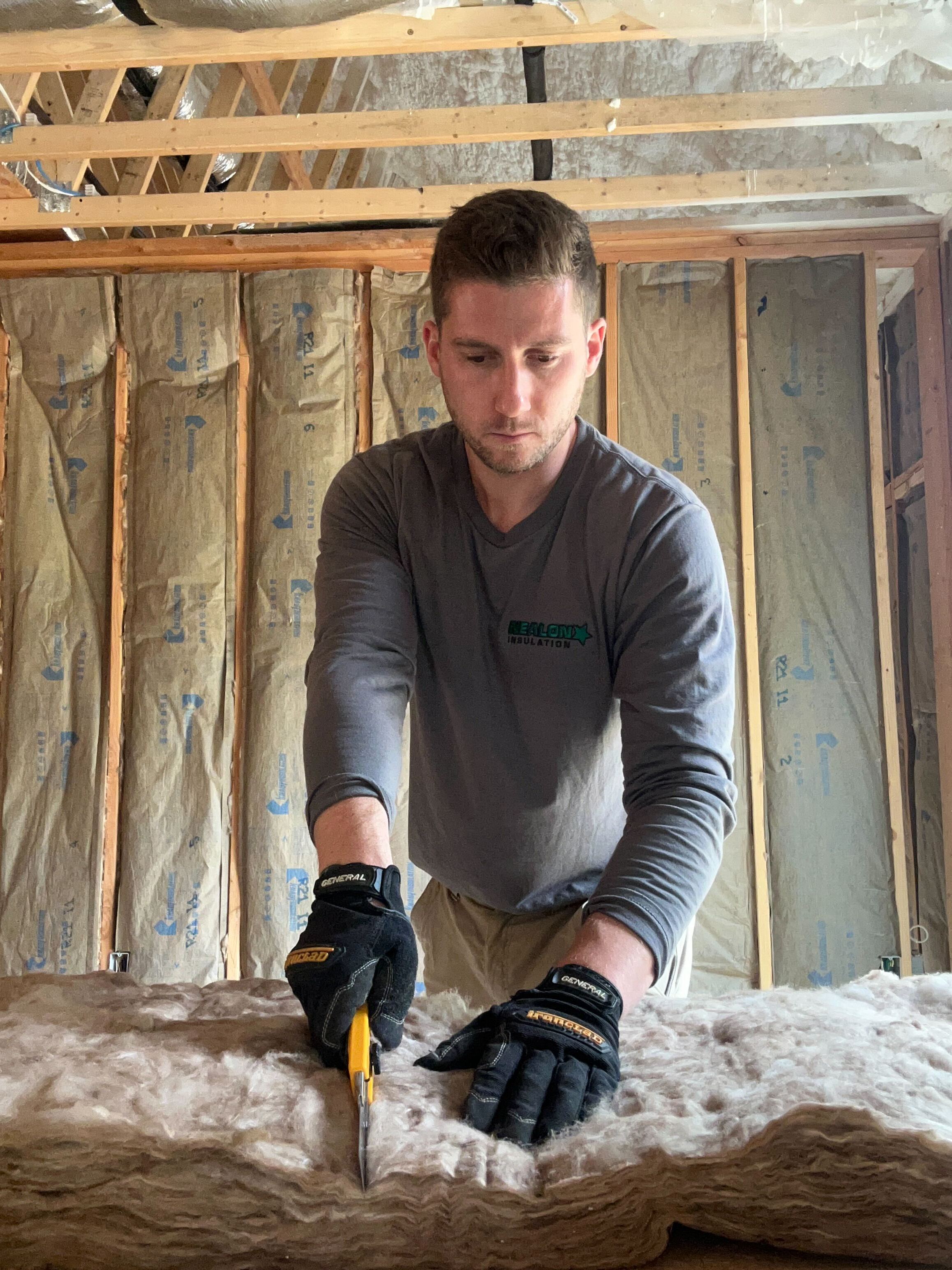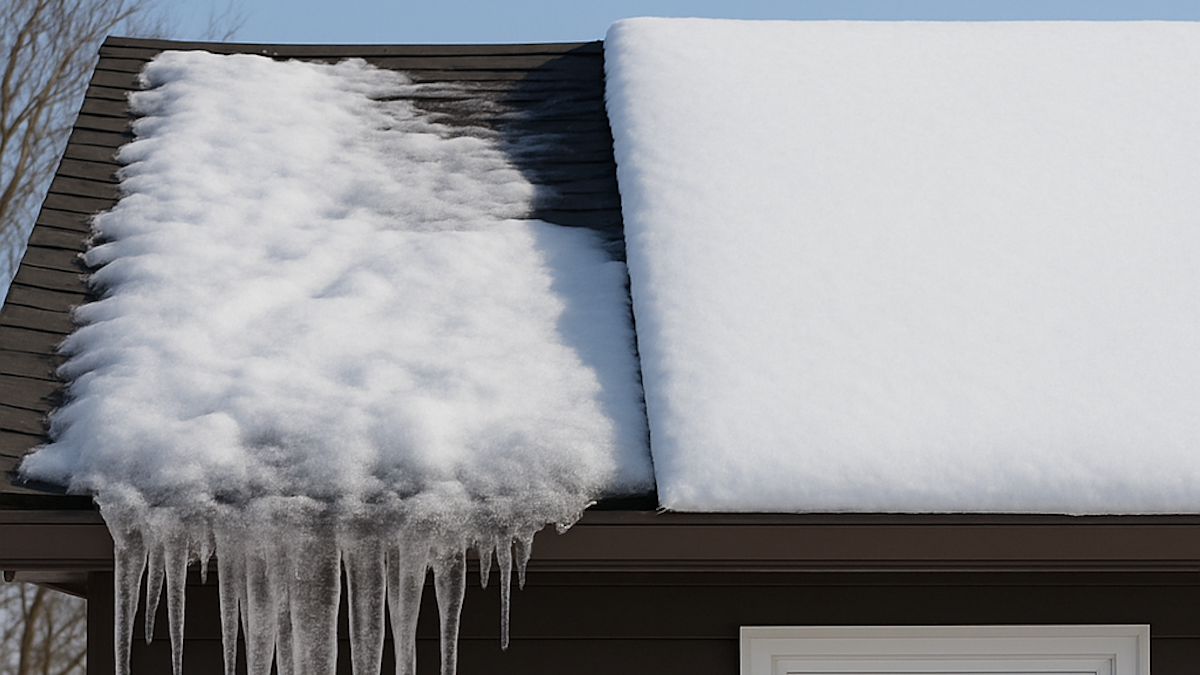Are Insulation Boards Flammable? Understanding Fire Safety in Insulation Materials

If you’re picking insulation for your home or a job site, fire safety isn’t just a fine-print detail—it’s something you need to think about up front. I’ve been in this business since bell bottoms were still in style, and let me tell you: not all insulation boards are created equal when it comes to handling heat.
So, are insulation boards flammable? Well… some of them absolutely are. Others? Built like a fireman’s jacket. Here’s the no-fluff rundown on the main types we work with, and what you need to know to keep your space safe.
1. Polyisocyanurate (PIR): The Overachiever With a Caveat
PIR boards are stiff, high-performance foam panels—popular in walls, roofs, and anyone looking for big R-values in a slim package.
🔥 Will it burn? Eventually, yes. PIR boards are less flammable than other foam boards because they’ve got fire retardants baked in. They tend to char instead of going up like a tiki torch. But hit them with serious heat, and they’ll still catch and send off toxic smoke.
✅ What to do: Always cover PIR with a fire-rated barrier—like drywall. Never leave it exposed in finished spaces.
2. XPS: Tough Against Moisture, Not Against Flame
Extruded polystyrene (XPS) is what you’ll find behind a lot of foundation walls and under slabs. Great for water resistance, not so great for fire.
🔥 Will it burn? Like dry pine in August. Even treated XPS can ignite and gives off thick, nasty smoke when it does.
✅ What to do: XPS should never be left uncovered indoors. Wrap it up tight behind something non-combustible—gypsum board is your friend here.
3. EPS: Cheap, Light, and Quick to Catch
Expanded polystyrene (EPS) is kind of the little brother to XPS—lightweight, inexpensive, and used in packaging, walls, and roofs.
🔥 Will it burn? Oh yeah. Faster than XPS, in fact. It’s got a lower melting point and will absolutely feed a fire if you let it.
✅ What to do: If you’re going to use EPS, bury it completely behind non-combustible materials. Think of it like kindling—treat it with caution.
4. Mineral Wool (aka Rockwool): Built From Lava, Basically
Now we’re talking. Mineral wool is made from spun rock and industrial slag. It’s dense, durable, and basically fireproof.
🔥 Will it burn? Not a chance. It’s non-combustible and holds up to temps north of 1,800°F. I’ve seen it used in fire-rated assemblies, and it doesn’t even blink.
✅ What to do: If fire resistance is your top concern, this is your MVP. No special treatment needed—install and sleep easy.
5. Fiberglass: The Old Reliable (With a Caveat)
Fiberglass boards are another non-combustible option made from—you guessed it—glass fibers. Great for ductwork, ceilings, and wall cavities.
🔥 Will it burn? The glass itself won’t. But if your board has a kraft paper or foil facing? That can ignite if exposed to flame or heat.
✅ What to do: Keep faced fiberglass away from open flames, light fixtures, or anything that gets hot.
Fire Safety 101 (From a Guy Who’s Seen Some Things)
Whatever insulation you’re working with, there are a few universal rules that’ll keep you out of trouble:
✔ Cover your foam. XPS and EPS should never be exposed in a finished space. Always wrap ‘em up in drywall or cement board.
✔ Know your codes. Every town has its own rules. Follow your local building codes like your roof depends on it—because it does.
✔ Vent properly. Trapped heat can turn a safe attic into a fire trap. Good airflow helps prevent that.
✔ Install smoke detectors. Especially near new insulation work. Cheap insurance.
✔ Use fire-rated products when you can. Mineral wool and fiberglass might cost a bit more, but they’re way safer in a pinch.
So… Are Insulation Boards Flammable?
Some are. Some aren’t. If you’re using foam—like XPS or EPS—just assume it burns and plan accordingly. If you want the peace of mind that comes with fire resistance, mineral wool or fiberglass is the way to go.
And if you're not sure what makes sense for your home? That’s why we’re here. At Nealon, we’ve been insulating Connecticut homes since 1977. We know the products, we know the codes, and we know how to do the job right the first time.
What About Cellulose, Fiberglass, and Spray Foam? Are They Flammable?
Glad you asked—because this comes up a lot.
- Cellulose is made from recycled paper, so yeah, it can burn. But before you panic: it’s treated with borate, a fire retardant that slows ignition and helps it smolder instead of flame up. Think of it like a campfire log that's been dipped in fire-resistant gravy.
- Fiberglass is made of spun glass and is naturally non-combustible. The catch? If it’s faced with kraft paper or foil, that facing can burn. So it’s not the insulation you’re worried about—it’s the clothes it’s wearing.
- Spray Foam—especially closed-cell—can ignite if exposed directly to flame. It typically has flame retardants mixed in, but don’t let that lull you. It must be covered with drywall or a thermal barrier in finished spaces to meet code and stay safe.
Bottom line: Every insulation type has its own fire personality. The trick is knowing how to install and cover it correctly. And that’s where we come in.
Common FAQ's about Insulation Boards
Can I leave foam board insulation exposed in a basement or utility room?
No, foam board insulation cannot be left exposed in basements or utility rooms. Building codes require a thermal barrier, such as 1/2" drywall, over foam types like XPS, EPS, or PIR for fire safety. Exposed foam poses a fire risk and can lead to code violations.
What’s the difference between “fire-retardant” and “non-combustible” insulation?
The main difference between fire-retardant and non-combustible insulation is that fire-retardant materials slow flame spread but can still burn, while non-combustible materials will not ignite. Foam boards are typically fire-retardant; mineral wool and bare fiberglass are non-combustible and offer higher fire safety.
How do I know if the insulation I’m using meets local fire code?
To know if insulation meets local fire code, check for a Class A fire rating and compliance with ASTM E84. Then confirm with your local building inspector, as Connecticut towns may have different requirements. Always verify with professionals before installation to avoid code violations.
What happens if I don’t cover foam board insulation as required?
If you don’t cover foam board insulation, you risk fire hazards, code violations, and failed inspections. Exposed foam can spread flames quickly and emit toxic smoke. It may also void insurance coverage and require removal during resale or renovations, leading to costly delays.
Can I use mineral wool or fiberglass around recessed lights or chimneys?
Yes, you can use mineral wool or unfaced fiberglass around recessed lights and chimneys. Mineral wool is fire-resistant up to 1,800°F and ideal for high-heat zones. Always choose products rated for heat contact and maintain required clearances to meet safety codes and prevent fire risks.
Final Word: Fire Safety Isn’t Optional—It’s the Standard
Whether you’re building new, remodeling the attic, or beefing up your basement walls, insulation isn’t just about R-value—it’s about risk management. Fire safety needs to be baked into your plan from day one. That means choosing the right materials, installing them the right way, and never cutting corners when it comes to code.
At Nealon, we don’t just insulate—we protect homes. We’ve seen what happens when foam is left exposed or the wrong product ends up next to a heat source. Trust us: it’s cheaper (and a lot less stressful) to do it right the first time.
If you’re unsure about which insulation boards are safe, which need to be covered, or how to meet code in your specific Connecticut town, we’re here for that. No upsells. No guesswork. Just real-world experience from a company that’s been doing this since 1977.
👉 Ready to fireproof your insulation strategy? Contact us today—we’ll help you choose materials that work hard, stay safe, and keep your project code-compliant.
Related Articles
Let's Work Together
Ready to transform your home into an energy-efficient haven? Schedule your free energy assessment today and experience the Nealon difference for yourself.



